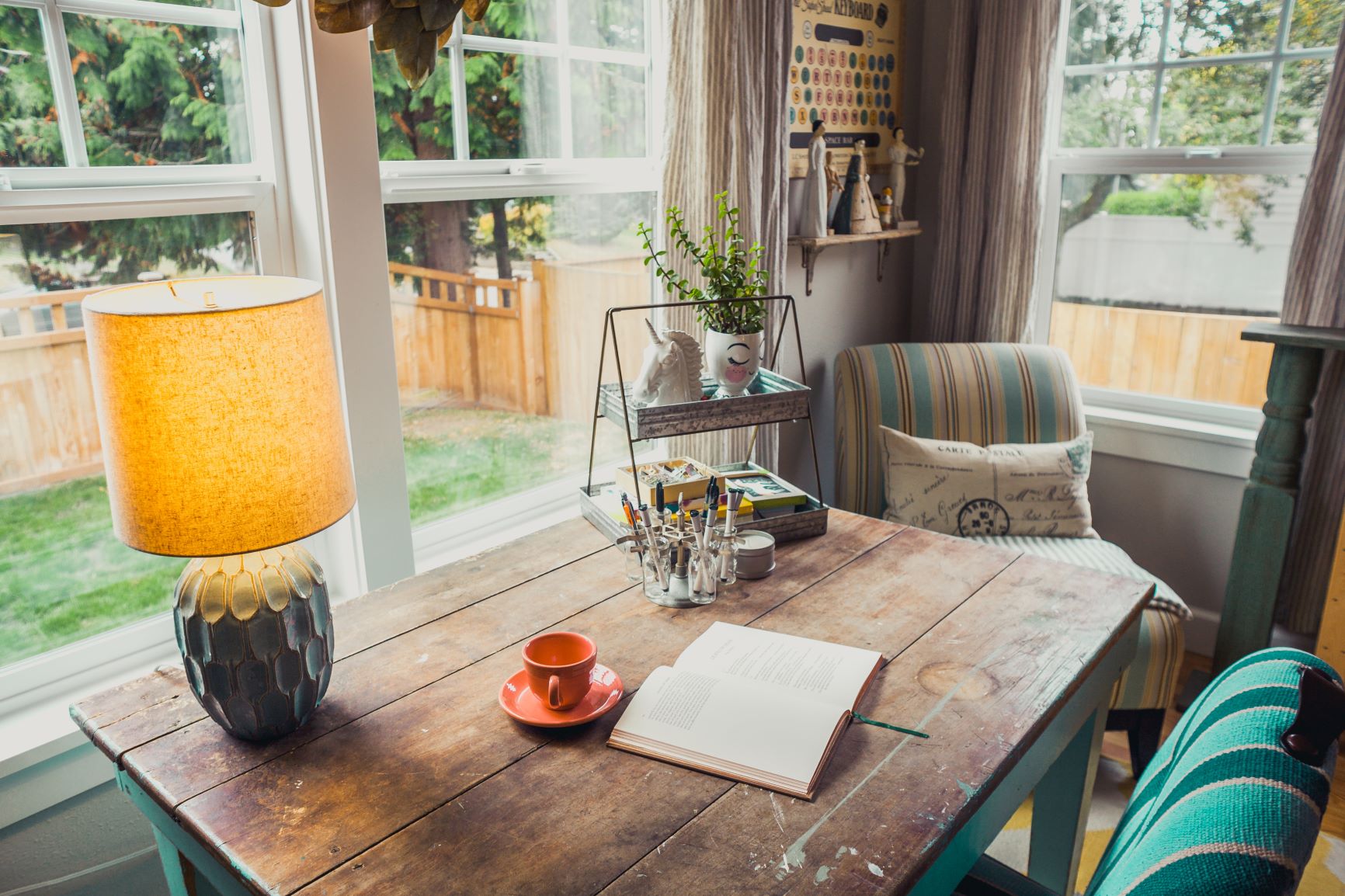A Personal Directed Retreat
A Personal Directed Retreat
We choose a retreat because we find that in our daily lives we have become “off center,” distracted, fragmented, and even a little dull. We long for a deeper spiritual connection, a more meaningful prayer life – some guidance pointing a way ahead.
In our Christian tradition, we have inherited the tradition of Personal Directed Retreats. Traditionally this would mean going to a retreat house, meeting with a spiritual director each day of the retreat and spending the rest of the time in prayer and silence. A retreat house is usually located in a private setting among woods, by water or other scenic view conducive to prayer and meditation – where our surroundings – everything we see is designed to lead us deeply into communion with God. The personal directed retreat does not depend on input – it is a time to connect with the wisdom of our inner world with the help of a director skilled in listening. With adequate planning the personal directed retreat can also be done at home.
How It Works
First you connect with your spiritual director or a Loyola spiritual director to set up your retreat. All of our directors at Loyola have experienced the personal directed retreat. Typically, 3 days is a minimum time needed to really enter into this experience. However, directed retreats often range from 3 to 8 days. You will need to schedule the initial “set-up” meeting with the spiritual director of your choice before the actual retreat. Then, you schedule with your director for the meeting times each day (it’s helpful if you can arrange to meet at the same time each day.) Retreats invite us to withdraw from our day-to-day life to refresh, rekindle and revitalize. You may wish to focus on a particular situation during the retreat. You might want to prepare for a significant life transition such as empty nest, retirement, moving, ageing. Perhaps you are recovering from stressful life events such as illness, death, divorce, job loss. You can discuss the focus with your director in the set-up meeting as you plan the retreat.
A personal directed retreat with your director can be scheduled to happen at home or at a retreat house or hermitage. Connecting with the director virtually, you are able to enjoy the amenities of the location that works best for you.
Preparing for Retreat
Silence is the very heart of a retreat. We get away from the distractions of talking, interchange, and action. We sink into our souls where God’s voice is heard. It is an elected silence. We cannot find it in the world. We must protect ourselves by our own rule from distractions, interests, and surface demands.
~Evelyn Underhill, (1875-1941)
If planning to make a retreat at home, it’s important that you decide ahead of time how to arrange the space, the privacy, and the silence that you desire. Since it’s important not to drift in and out of a retreat, make a plan for the time – periods of prayer, spiritual reading and meditation, time in nature if possible. If you are living alone, it will be good to plan meals and how much to refrain from emails, and your phone. With careful planning you can enrich your retreat experience by having available art or craft materials, music, or exercise equipment.
Cost
The fee at Loyola is $85 for an hour session of spiritual direction. A personal directed retreat will involve the one-hour set up meeting, and hour-long sessions for each day of the retreat. Typically, a 3-day retreat plus set-up will be 4 hours with a spiritual director. ($340.00)
Loyola does not turn away anyone who desires our service. If you cannot afford that amount, please discern with your director an amount that works for you. If you are able, please consider donating towards our scholarship fund to make our services available to those who cannot pay the full price.
Frederick Buechner says:
“The time is ripe for looking back over the day, the week, the year, and trying to figure out where we have come from and where we are going , for sifting through the things we have done and the things we have left undone, for a clue to who we are and who, for better or worse, we are becoming. But again, and again we avoid the long thoughts. . . we cling to the present out of wariness of the past. And why not after all? We get confused. We need such escape as we can find. But there is a deeper need yet – not all the time surely, but from time to time to enter that still room within us all where we are most alive ourselves to turnings, and to where our journeys have brought us. The name of the room is Remember – the room where with patience, with charity, with quietness of heart, we remember consciously to remember the lives we have lived.”
